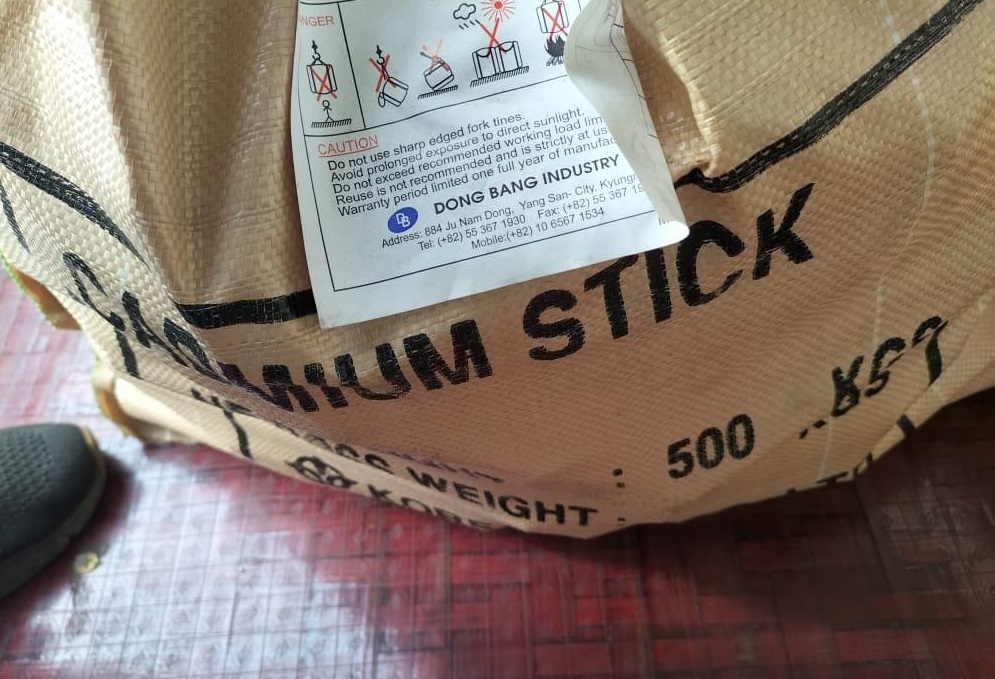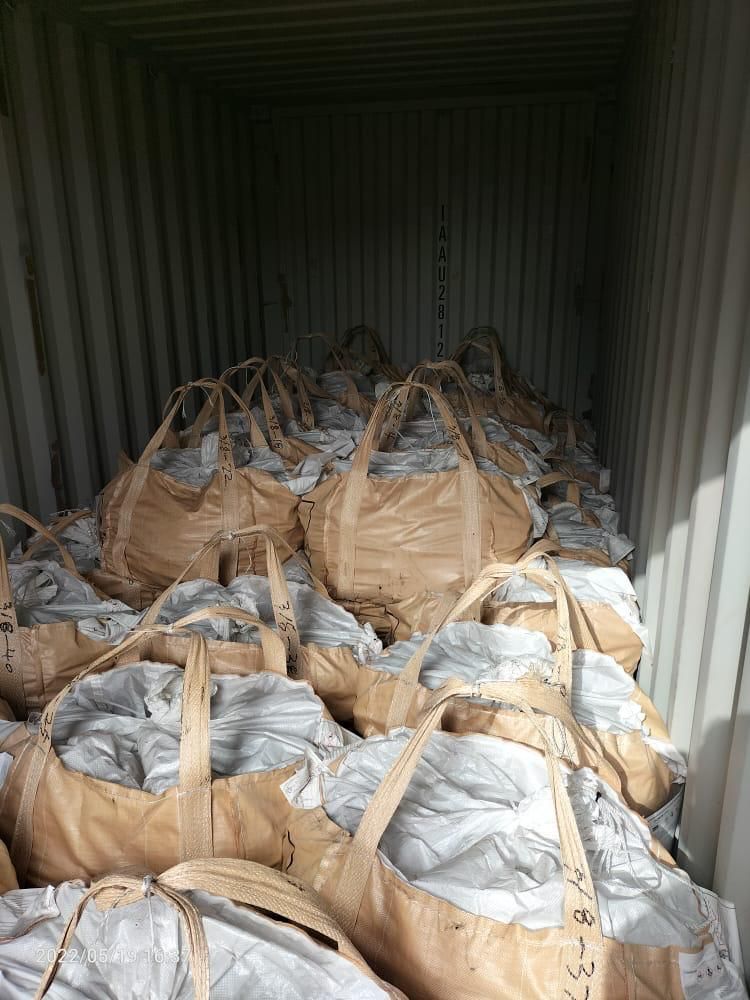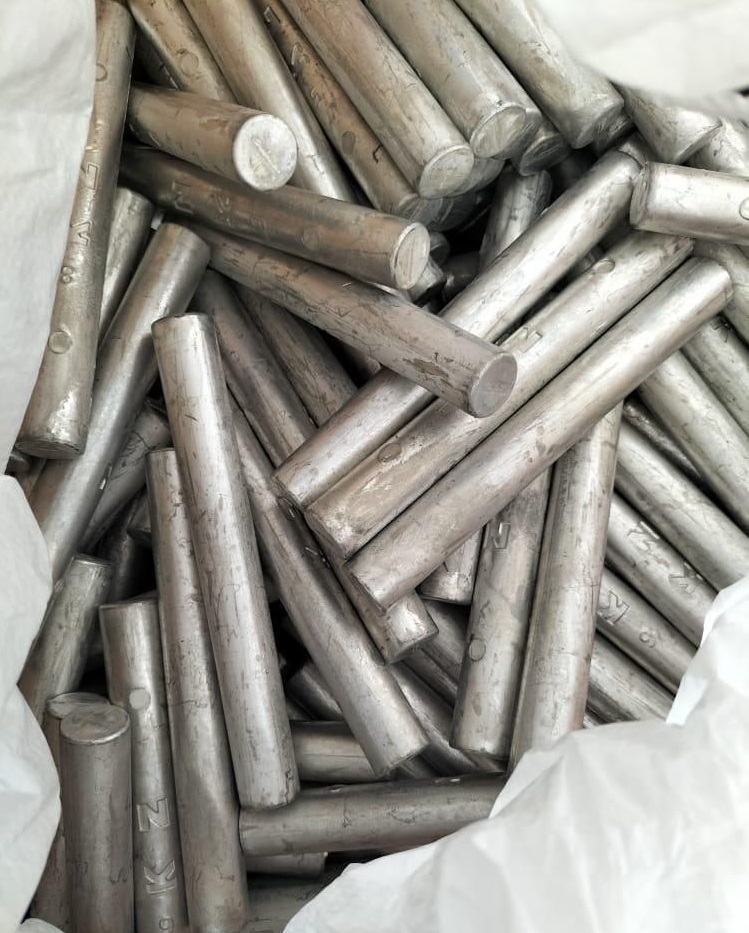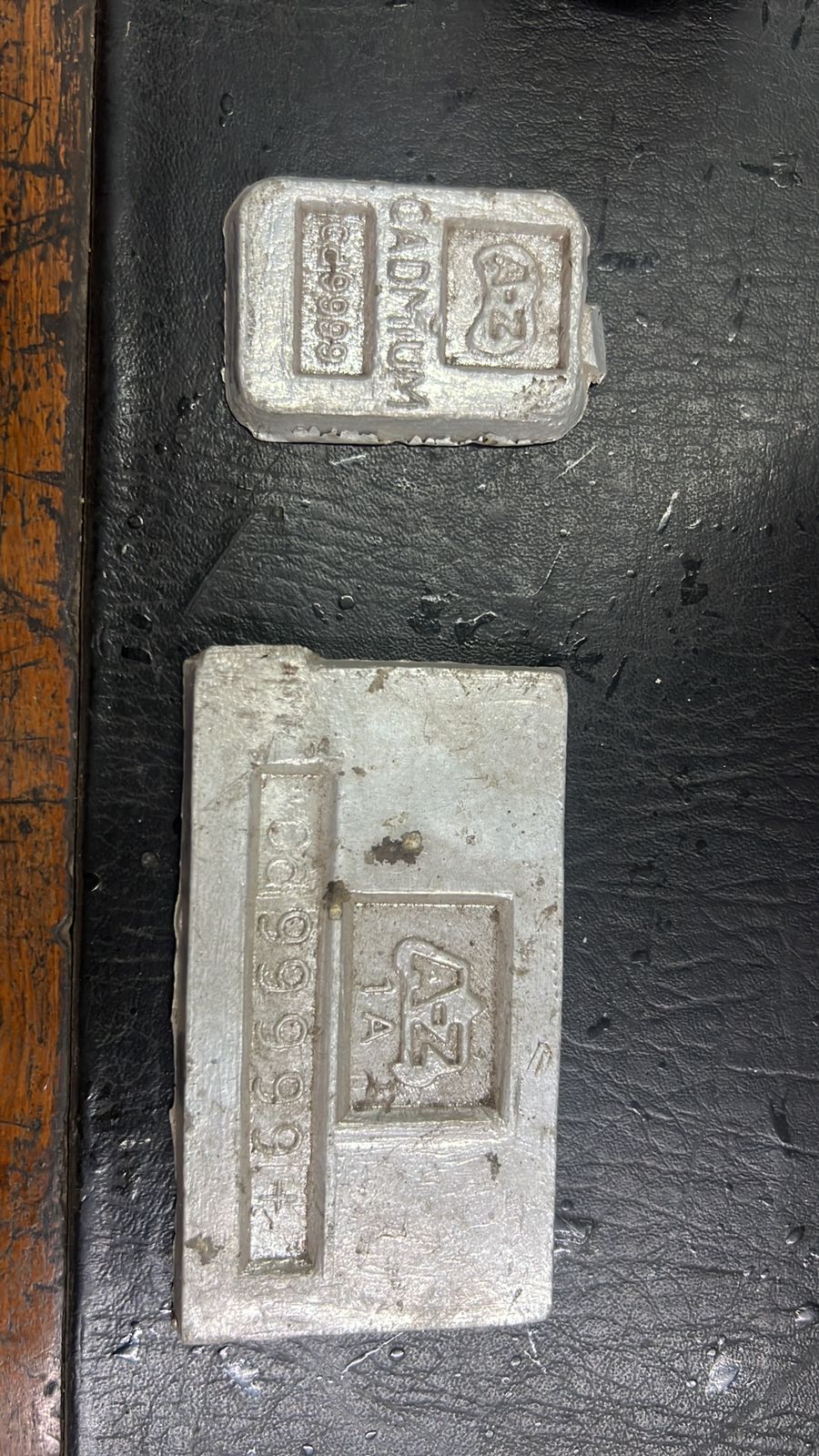Cadmium Metal
HPG Metal - Importer and Exporter of Cadmium metal in India. HPG Metals has made a name for itself in the list of top suppliers of Cadmium Metal in India. We offer a complete choice of products and wide range of Cadmium metal in various forms such as cadmium metal foils, cadmium metal granular, cadmium metal ingots, cadmium metal pieces, cadmium metal powder, cadmium cut rod, cadmium metal plate, cadmium metal sticks, cadmium metal rod, cadmium metal ball, & more of high purity.
We offer other metal products also: Selenium, Cadmium, Arsenic, Antimony trioxide, Tin ingots, Manganese Metal, Cobalt Powder, Antimony Ingot, Tellurium, Bismuth Trioxide, Fluorspar, Low Carbon Ferro Chrome, Ferro Molybdenum, Ferro Phosphorous, Ferro Silicon, Ferro Silicon Magnesium, Ferro Niobium, Ferro Titanium, Ferro Manganese


About Cadmium Metal
Cadmium is a soft, silvery-white metal with the atomic number 48 and the symbol Cd. It is found naturally in small amounts in the earth's crust, and it is commonly used in a variety of industrial applications. However, cadmium is also highly toxic and can be harmful to human health and the environment. In this article, we will explore the properties, uses, and risks associated with cadmium metal.
Properties of Cadmium Metal
Cadmium is a soft, malleable, and ductile metal with a low melting point (321°C) and a boiling point (767°C). It is a member of the transition metal group and has a density of 8.65 g/cm³. Cadmium is similar in appearance to zinc, but it is softer and more reactive.
Cadmium is a relatively rare metal, accounting for only about 0.1 ppm of the earth's crust. It is often found in association with zinc, and most of the world's cadmium is produced as a by-product of zinc mining and refining.
Uses of Cadmium Metal
Cadmium has a variety of industrial applications due to its unique properties. One of its primary uses is in the manufacture of nickel-cadmium batteries, which are commonly used in portable electronic devices, such as laptops and cell phones. Cadmium is also used to coat other metals, such as steel, to protect them from corrosion.
Cadmium is used in some types of pigments, including cadmium sulfide and cadmium selenide, which are used in the production of plastics, ceramics, and paint. These pigments are valued for their bright, vivid colors and excellent lightfastness.
In addition, cadmium is used in the production of certain types of alloys, such as silver-cadmium and copper-cadmium alloys, which have high electrical conductivity and are used in the production of electrical contacts and switches.
Risks Associated with Cadmium Metal
Cadmium is highly toxic and can cause a range of health problems in humans and animals. Exposure to cadmium can occur through inhalation of fumes, ingestion of contaminated food or water, or skin contact with cadmium-containing substances.
Acute exposure to cadmium can cause symptoms such as nausea, vomiting, and diarrhea, while chronic exposure can lead to more serious health problems, including kidney damage, lung damage, and cancer. Long-term exposure to low levels of cadmium can also cause osteoporosis, a disease that weakens bones and makes them more susceptible to fractures.
Cadmium is also harmful to the environment. It can accumulate in soil and water, and can be toxic to plants and animals. Cadmium pollution can occur through industrial activities, such as mining and smelting, or from the disposal of cadmium-containing products, such as batteries.
Conclusion
Cadmium is a valuable metal with a range of industrial applications, but it is also highly toxic and can pose significant risks to human health and the environment. It is important to take appropriate precautions to minimize exposure to cadmium and to properly dispose of cadmium-containing products. The use of cadmium in certain applications is becoming increasingly restricted due to its toxicity, and efforts are being made to find safer alternatives.
Uses of Cadmium Metal
Cadmium is sometimes used in the production of artificial jewelry, particularly in low-cost, mass-produced items. Cadmium is used as a substitute for other metals, such as lead or zinc, which have been found to be toxic or problematic for health and environmental reasons.
In artificial jewelry, cadmium is primarily used as a coating or plating material on the surface of the metal. Cadmium plating can give the jewelry a shiny, silver-colored finish, and it is often used as a substitute for more expensive metals like silver or white gold. Cadmium is also used as an alloying agent in the production of some jewelry metals, such as brass.
However, there are concerns about the use of cadmium in artificial jewelry. Cadmium is a toxic heavy metal that can be harmful to human health and the environment, particularly when it is released into the air or water through the manufacturing process or disposal of the products. Long-term exposure to cadmium can lead to serious health problems, such as kidney damage and cancer.
Many countries have strict regulations on the use of cadmium in consumer products, including jewelry. In the United States, the Consumer Product Safety Commission (CPSC) regulates the use of cadmium in jewelry, and limits the amount of cadmium that can be present in children's jewelry to 0.03% by weight. In the European Union, cadmium has been restricted under the Restriction of Hazardous Substances (RoHS) Directive, and its use in jewelry is prohibited.
Overall, while cadmium has been used in the production of artificial jewelry, there are growing concerns about its potential risks and the industry is moving away from using it. Consumers can also take steps to minimize their exposure to cadmium by avoiding low-cost, mass-produced jewelry and choosing higher-quality, certified products.


Cadmium Metal Importers, exporters, suppliers and manufacturers in India and World
India is a significant player in the global cadmium metal market, both as an importer and exporter. In this article, we will take a closer look at the import and export trends of cadmium metal in India.
Import of Cadmium Metal in India:
India is a net importer of cadmium metal, meaning that it imports more than it exports. According to the latest available data from the Indian government's trade database, India imported 13.74 metric tons of cadmium metal in the year 2020-21, valued at around 11.2 crore rupees (approximately 1.5 million US dollars). The top countries of origin for Indian cadmium metal imports in 2020-21 were Japan, South Korea, and China.
The majority of cadmium metal imports into India are used in the production of nickel-cadmium batteries, which are widely used in the country's automotive and telecommunications sectors. Other applications for cadmium metal in India include the production of pigments, alloys, and coatings.
Export of Cadmium Metal from India:
India is also a significant exporter of cadmium metal. According to the same government trade database, India exported 95.25 metric tons of cadmium metal in the year 2020-21, valued at around 96.3 crore rupees (approximately 12.9 million US dollars). The top destinations for Indian cadmium metal exports in 2020-21 were China, Hong Kong, and Taiwan.
The majority of Indian cadmium metal exports are in the form of cadmium metal waste and scrap, which is used as a raw material for the production of new cadmium products. Other forms of cadmium metal exports from India include ingots, powders, and other semi-finished products.
Regulation of Cadmium Metal in India:
Cadmium is a toxic heavy metal, and its use in consumer products is regulated in India. The import and export of cadmium metal are governed by the Indian government's Directorate General of Foreign Trade (DGFT) under the Foreign Trade Policy. Importers and exporters of cadmium metal in India must comply with the regulations set forth by the DGFT, which include requirements for product quality, safety, and labeling.
The global market for cadmium metal imports has been fluctuating in recent years due to various factors, including changes in demand and supply, government regulations, and trade policies. In this article, we will take a closer look at the cadmium metal import market and its major players.
According to the latest available data from the United Nations, the total global imports of cadmium and articles thereof (HS code 810740) were valued at approximately 88 million US dollars in 2020. The top importing countries of cadmium metal in 2020 were:
China - $24.7 million
South Korea - $11.6 million
Japan - $11.3 million
United States - $9.4 million
Germany - $4.2 million
Netherlands - $3.9 million
Belgium - $3.8 million
India - $3.3 million
France - $2.9 million
Malaysia - $2.8 million
China is by far the largest importer of cadmium metal in the world, accounting for nearly one-third of the global imports in 2020. China's high demand for cadmium metal is driven by its large-scale production of nickel-cadmium batteries, which are widely used in various applications such as consumer electronics, power tools, and electric vehicles.
South Korea and Japan are also significant importers of cadmium metal, as they are major producers of various electronic products, such as smartphones, laptops, and other consumer electronics. The United States and Germany are also notable importers of cadmium metal due to their demand in various industries, including automotive, aerospace, and construction.
In addition to these countries, other major importers of cadmium metal include the Netherlands, Belgium, India, France, and Malaysia. The import market for cadmium metal is expected to continue to grow in the coming years, driven by the increasing demand for nickel-cadmium batteries, which are widely used in various industrial and consumer applications.
It is worth noting that cadmium metal is a toxic heavy metal that can cause serious health and environmental problems if not handled properly. Many countries, including those mentioned above, have strict regulations on the use of cadmium in consumer products and industrial processes, and importers are required to comply with these regulations to ensure the safety and quality of their products.
Conclusion:
India is an important player in the global cadmium metal market, both as an importer and exporter. The country's import and export trends are influenced by its domestic demand for cadmium metal, particularly in the production of nickel-cadmium batteries. As with many countries, India also regulates the use of cadmium metal in consumer products to protect human health and the environment.
